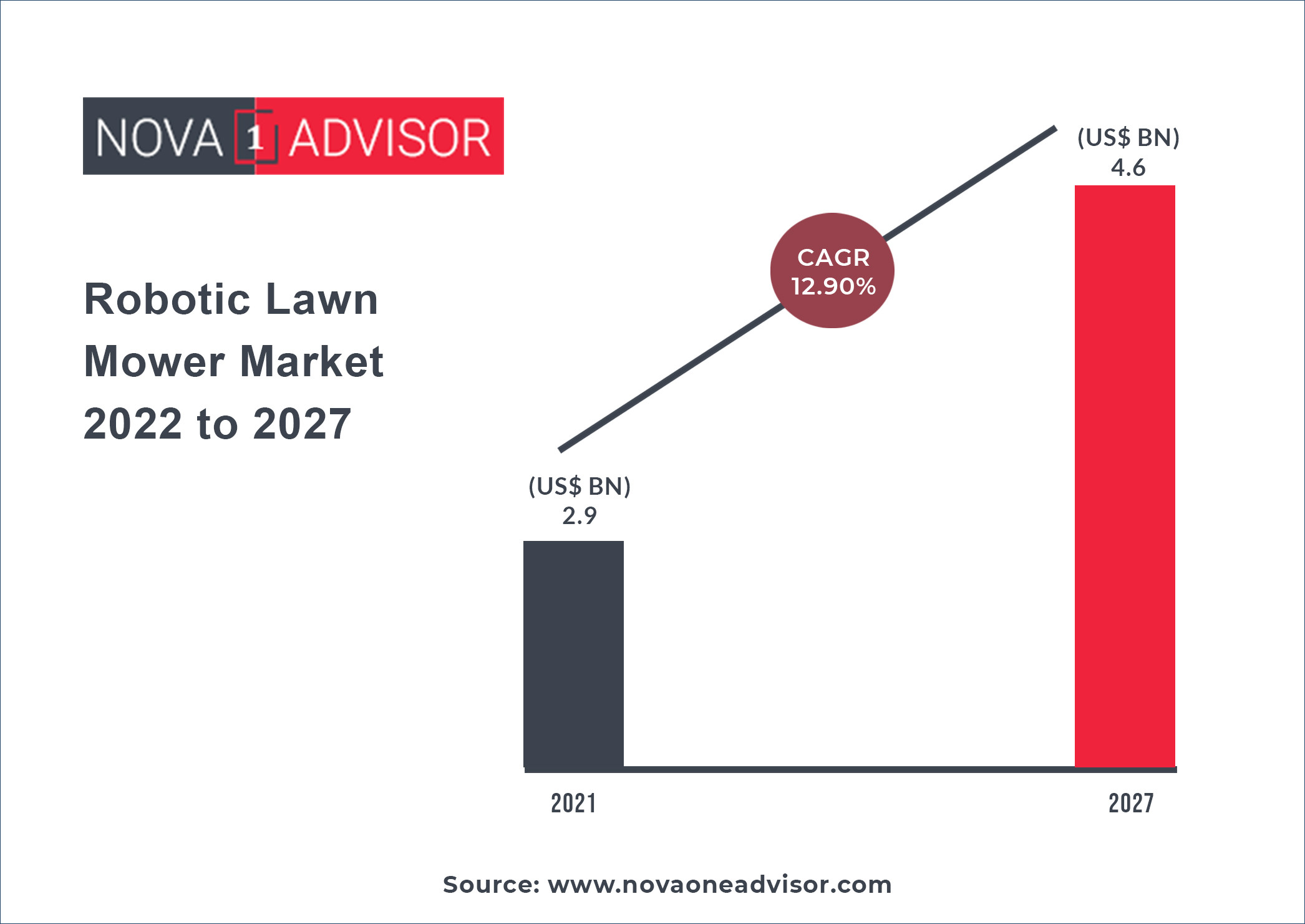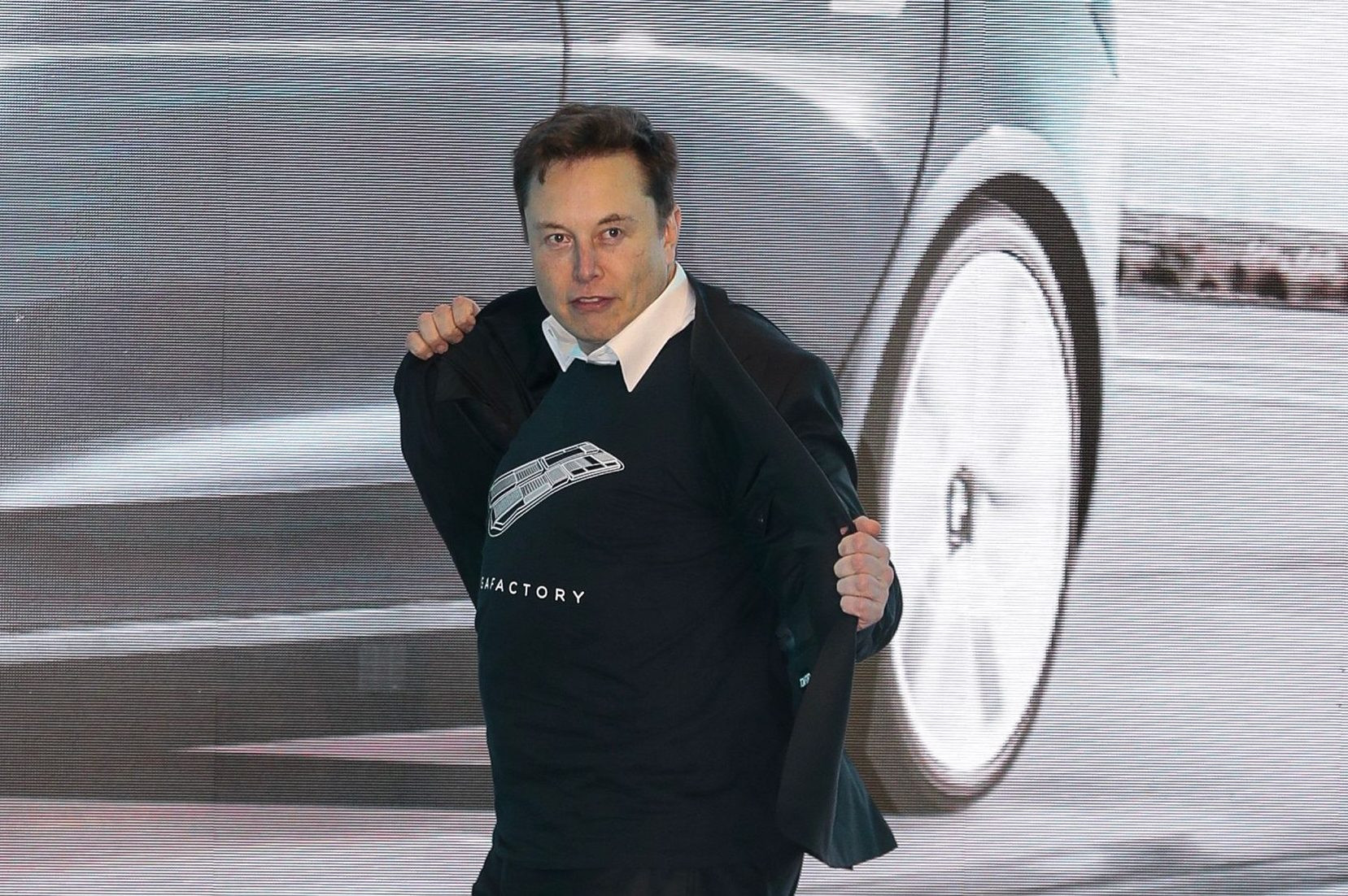The global robotic lawn mower market is on a trajectory of robust expansion, with projections indicating it will surpass USD 3,462.23 million by 2034, representing a significant compound annual growth rate (CAGR) of 12.5% from its current valuation of USD 1,066.19 million in 2024. This surge is primarily driven by advancements in Artificial Intelligence (AI) and the increasing integration of robotics technology. The proliferation of smartphones has also played a pivotal role, enabling users to control robotic lawn mowers easily through smartphone apps, catering to both personal and commercial landscaping needs. Insights from Future Market Insights highlight these key drivers behind the market’s rapid expansion.
AI and Smartphone Integration: Key Drivers of Growth
Technological advancements are significantly boosting sales in the robotic lawn mower sector. The continuous evolution of AI technology has enhanced the efficiency and capabilities of these devices, leading to a surge in demand. These devices are increasingly equipped with sophisticated features like GPS mapping, obstacle detection, and automatic charging, which are enhancing user experience and driving adoption. Moreover, the seamless integration of robotic lawn mowers with smartphones has made them even more appealing. Users can now conveniently monitor and control their devices remotely, scheduling mowing routines and receiving real-time updates on their lawn’s progress. This convenience and accessibility are further accelerating the market’s growth.
Automation in Commercial Sector
The rising adoption of automation in the commercial sector is a key factor driving the growth of the robotic lawn mower market. Businesses are increasingly seeking ways to reduce operational costs and improve efficiency, and robotic mowers offer a viable solution. These devices can operate autonomously, eliminating the need for manual labor and reducing overall maintenance expenses. As a result, commercial landscaping businesses are increasingly incorporating robotic mowers into their operations, further fueling market growth.
Residential Adoption on the Rise
The growing adoption of robotic mowers for residential use is another significant trend shaping the market. Homeowners are increasingly looking for convenient and hassle-free ways to maintain their lawns. Robotic lawn mowers provide a solution by automating the mowing process, allowing homeowners to spend less time on yard work and more time enjoying their leisure activities. The increasing availability of affordable and user-friendly robotic mowers is further driving adoption in residential settings.
Market Dynamics: Opportunities and Challenges
The robotic lawn mower market presents a range of opportunities for growth. The rising demand for automation in both commercial and residential settings, coupled with advancements in AI and smartphone integration, are creating a favorable environment for market expansion. However, there are also some challenges that the market faces. One of the primary challenges is the relatively high initial cost of robotic lawn mowers. Many consumers and businesses may find the upfront investment to be a barrier to entry. Moreover, the need for ongoing maintenance and repairs can also contribute to the overall cost of ownership. Nevertheless, the convenience and long-term cost savings offered by robotic mowers are expected to outweigh these challenges, driving continued market growth.
Competitive Landscape: Strategic Partnerships and Product Innovation
In order to cater to rising demand, companies in the robotic lawn mower market are actively engaging in strategic collaborations. These partnerships are aimed at expanding portfolios, sharing expertise, and developing innovative products. For instance, in 2019, Mean Green Products, LLC (Mean Green Mowers), a leading manufacturer of commercial electric mowers, collaborated with the Kobi Company, a leading provider of robotic solutions, to establish a line of safe, convenient, and cost-effective robotic lawn mowers. This strategic partnership leveraged the strengths of both companies, resulting in a product offering that caters to the evolving needs of the market.
Key Players Shaping the Market
The global robotic lawn mower market is characterized by a diverse range of players, each vying for market share through innovation, strategic partnerships, and product differentiation. Some of the key players shaping the market include:
- Husqvarna: A leading manufacturer of robotic lawn mowers, known for its wide range of products and advanced features.
- Robomow: A well-established brand offering a variety of robotic lawn mowers for different lawn sizes and terrains.
- Worx: A manufacturer of robotic lawn mowers known for its affordable and user-friendly products.
- Honda: A major player in the automotive industry, Honda has also entered the robotic lawn mower market with its innovative and reliable products.
- Bosch: A renowned brand in the power tool industry, Bosch offers a range of robotic lawn mowers that are known for their performance and durability.
Market Segmentation: A Detailed Look
The robotic lawn mower market can be segmented based on various factors, providing a comprehensive understanding of the market’s dynamics.
By Working Area
- Small: Ideal for lawns up to 500 square meters, these robotic mowers are compact and efficient.
- Medium: Suitable for lawns between 500 and 1500 square meters, offering a balance of power and maneuverability.
- Large: Designed for lawns exceeding 1500 square meters, these robotic mowers are powerful and equipped to handle challenging terrains.
By End Use
- Residential: Primarily used by homeowners to maintain their lawns, these robotic mowers are designed for ease of use and convenience.
- Commercial: Adopted by landscaping businesses to improve efficiency and reduce operational costs, these robotic mowers are robust and built for heavy-duty applications.
By Sales Channel
- Online: Offers a convenient and efficient way to purchase robotic lawn mowers, providing customers with a wide range of options and information.
- Offline: Traditional retail stores and specialty outlets provide customers with the opportunity to see and touch the products before making a purchase.
By Region
The robotic lawn mower market is experiencing growth across various regions, with North America, Europe, and Asia Pacific leading the way. These regions are characterized by a high level of urbanization and a growing demand for convenience and automation. The rising disposable income and increasing awareness of the benefits of robotic mowers are further driving market expansion in these regions.
Conclusion: The Future of Lawn Care is Automated
The robotic lawn mower market is poised for continued growth in the coming years. Advancements in AI, smartphone integration, and the increasing adoption of automation are creating a favorable environment for market expansion. As technology continues to evolve and the benefits of robotic lawn mowers become more apparent, we can expect to see greater adoption in both residential and commercial settings. The future of lawn care is undoubtedly automated, offering convenience, efficiency, and cost savings for individuals and businesses alike.

















